The issue of flexi-wings once again came to the fore in F1 during the Italian Grand Prix weekend, with the McLaren and Mercedes wings drawing attention from both the FIA and rival teams.
Red Bull's Christian Horner and Ferrari's Frederic Vasseur said they would be seeking talks with F1's governing body for clarification over the matter.
The concern comes from the way in which the central portion of the flaps of the MCL38 and W15 machines flex under load and then return to what may be considered a 'normal' position once the aerodynamic pressure decreases and the load on the flap, lifts.
The regulations do have very precise limits on flexibility, but verification comes through static tests by the FIA, considering the near-impossibility of carrying out live, dynamic tests.
Recently, the FIA has imposed measuring points to observe the oscillations of the flaps in such a way to be then able to impose metrics to be able to contain the flexing of individual elements within a set range.
The choice of collecting data in this manner, although the most logical option with which to capture data to contain the phenomenon of wing flexibility, is also the most complex and difficult to measure.
Viewed by others:
Difficult for the FIA to measure
Under this method, the data must be collected over a large period of time, across a wide-range of wing profiles across a number of different circuits, including both high and low downforce ones.
The exact same flap would therefore be subjected to totally different pressure on different tracks, varying only the incidence of the flap itself and determining the elasticity for the wing element - although again, this is very complex in the consideration of the interaction between the single element and the other elements of the front-wing.
Therefore, the FIA's idea of continuing to measure the flexibility of various wing elements not only on the alleged flexible McLaren and Mercedes wings, but from those on all the cars on the grid.
This should allow it to find a unique solution, which can be applied across any wing assembly, regardless of its shape.
It remains a complex issue however because of the precise optimisation of how the flexibility of the wing has been factored in to become an integral part of the aerodynamic concept of each car, with the interaction between the airflows that touch the front-wing and the rest of the car crucial in determining its behaviour.
Since the Belgian Grand Prix, the FIA has acquired additional data during FP1 and FP2 sessions to assess dynamic behaviours through a mandated video camera which captures areas of the front wing which are not visible through the official FOM broadcast cameras.
This exercise will continue at least up until Singapore to ensure every team will have been running the mandated FIA camera on different types of tracks - low, medium, high and very high downforce.
This will ensure a large database allowing the FIA to draw the most objective picture of the situation and quantify differences between the various dynamic patterns observed on track.
Also interesting:
In the latest episode of the RacingNews365 podcast, Ian, Sam and Nick reflect on last weekend's Italian Grand Prix. Red Bull's key problem is explained, whilst McLaren's team orders conundrum and Kevin Magnussen's race ban are also discussed.
CLICK HERE if you'd rather watch the podcast!
Most read
In this article
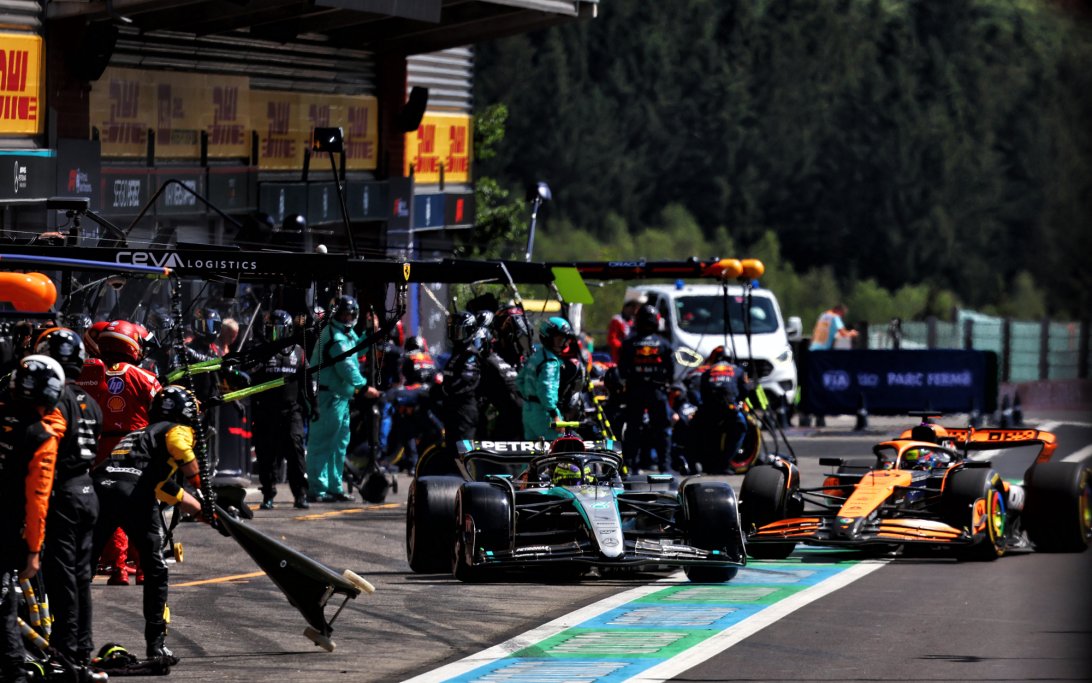
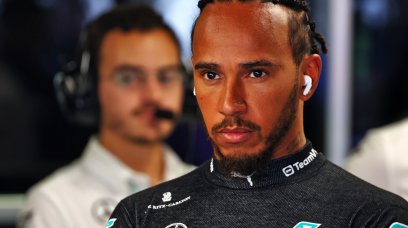
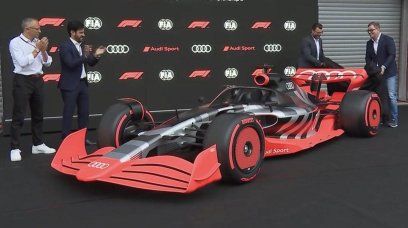


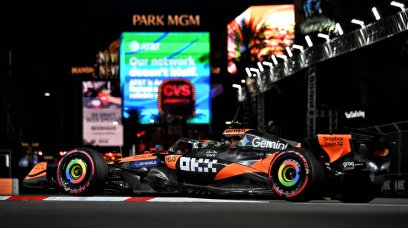
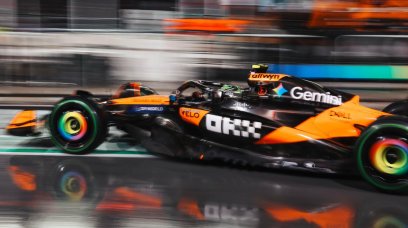

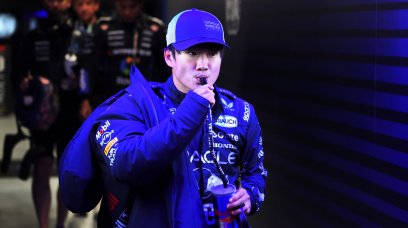
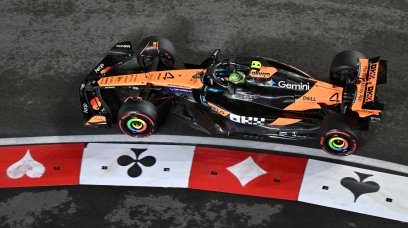
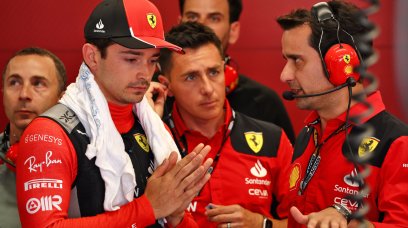
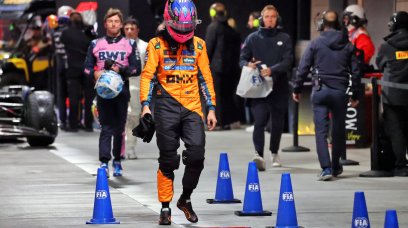
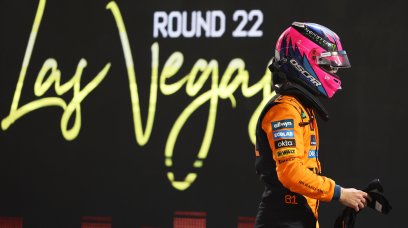












Join the conversation!